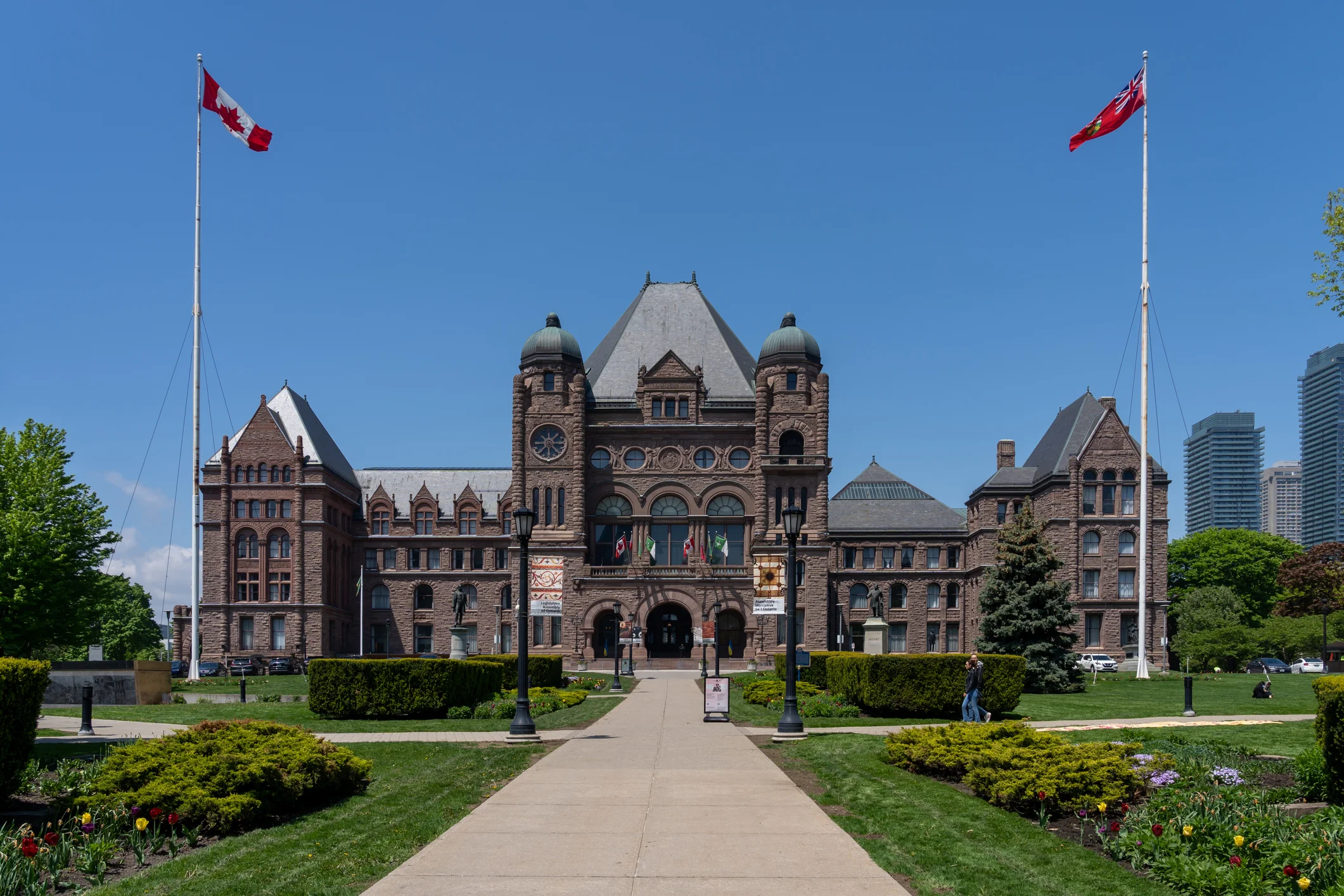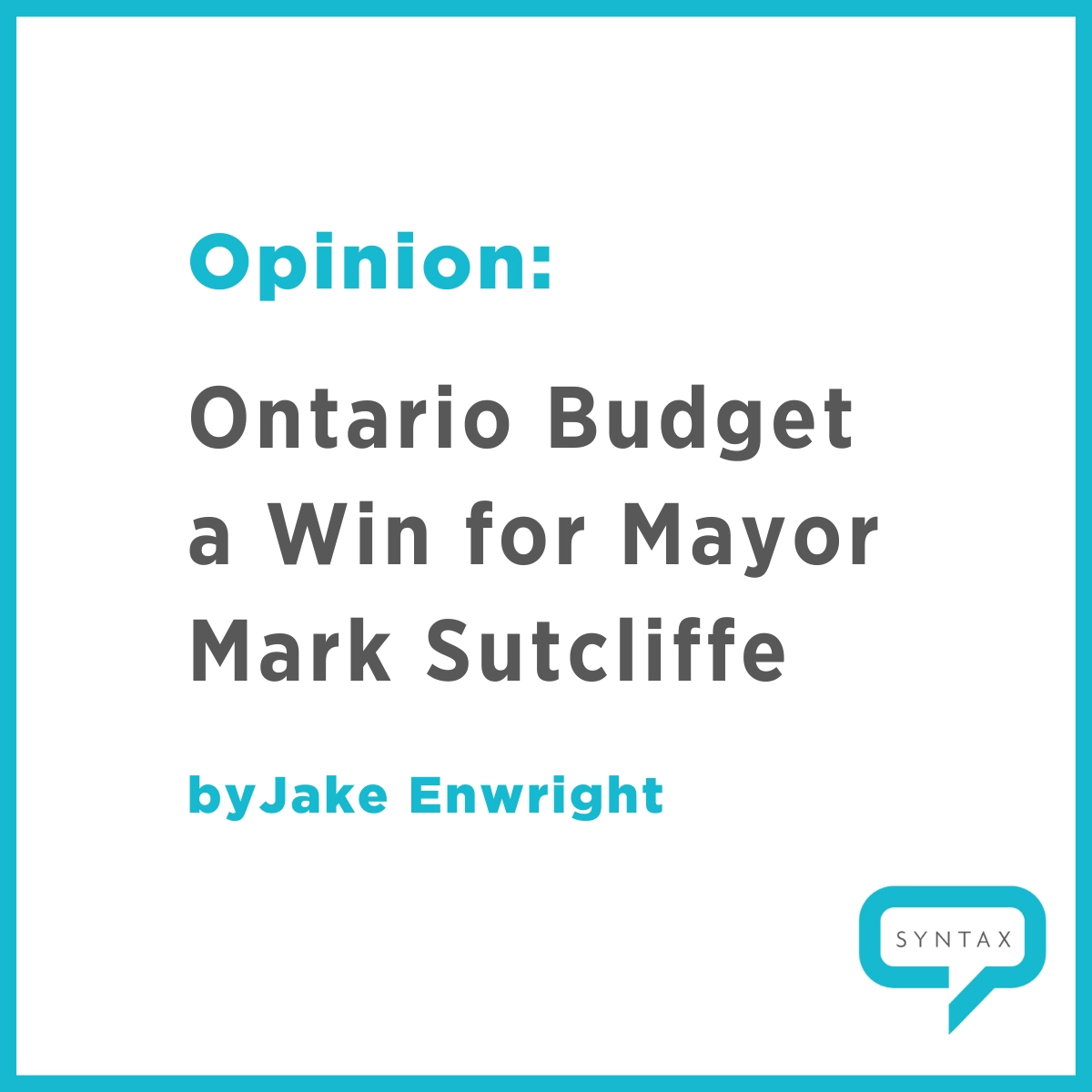Insights | Blog
Federal Budget Puts Outcomes First with Long-Term, Predictable Canada Health Transfer Funding Increase
Chrystia Freeland’s third budget presents a key opportunity for the government to get back on its message following weeks of distraction relating to foreign interference in Canadian elections. The question is, will this large budget with investments in healthcare and clean tech be enough?
On Tuesday, the Trudeau Government tabled Budget 2023, an economic plan reflective of the anxieties of Canadians and policymakers alike.
Set amid high inflation and corresponding interest rate hikes by the Bank of Canada intended to cool economic growth and avoid a rough landing, Budget 2023’s primary objectives are to offer targeted, non-inflationary support to lower-income Canadians; support a transition to a clean economy; and leverage long-term, predictable funding increases through the Canada Health Transfer to achieve better health outcomes for Canadians.
Upon the budget’s passage by the House of Commons, the recently announced $198.6-billion increase to the Canada Health Transfer will become official, as will a suite of other new measures, including a strategy to make drugs for rare diseases more affordable and an increase to the dental care program.
The government will now look to its allies at the provincial level and across the spectrum of health professionals to help it sell the budget’s virtues in improving access to healthcare. It will also be looking to remove the spotlight from emerging issues it faces on the health file, including challenges in driving down the price of medications through changes to the Patented Medicines Price Review Board, which has become a sore spot for Health Minister Jean-Yves Duclos.
For stakeholders, this will provide a unique opportunity to forge and deepen relationships with a Minister who will be looking for more policy wins between now and the next federal election as the Liberals set their sights on a fourth consecutive election victory. We understand a broad strategy to address child and youth health and well-being will be one focus, as will movement on the mental health and pharmacare files.
It was neither a smooth nor a quick road for the federal government to get to this point on health spending, but the strategy to put significant and targeted sums of money on the table for provinces and territories and hold out for their agreement to tackle specific issues has borne fruit. The federal government is now gifted with the opportunity to shift sole responsibility for health outcomes onto the very provinces and territories that spent well over a year telling every Canadian willing to listen that declining health outcomes and healthcare failures were a result of the federal government not spending enough.
If Team Trudeau maintains this strong position and if the provinces start to improve primary care access and drive down backlogs for medically necessary surgeries and procedures, then they will have a strong case to make for another term in office.


